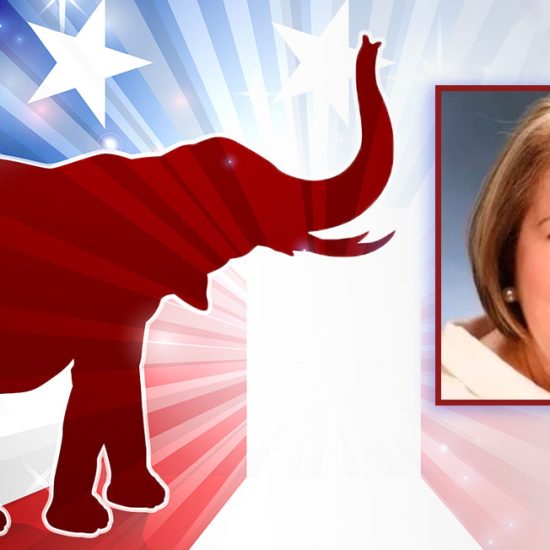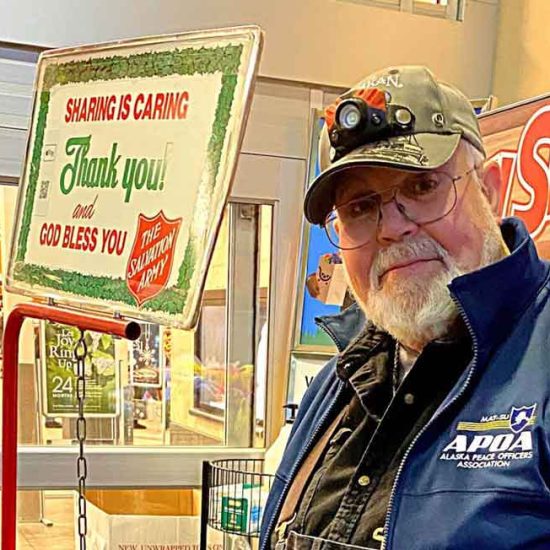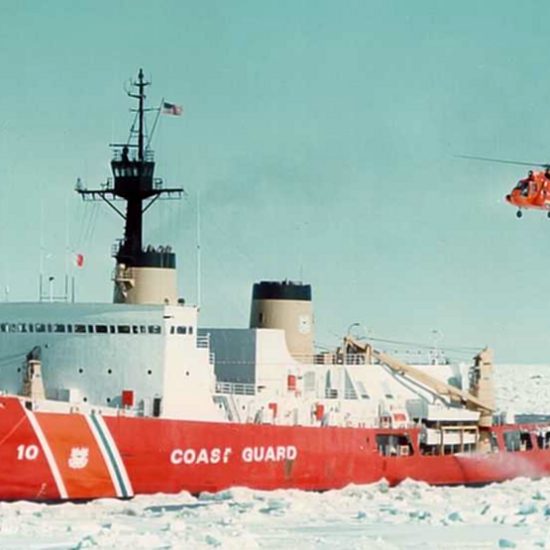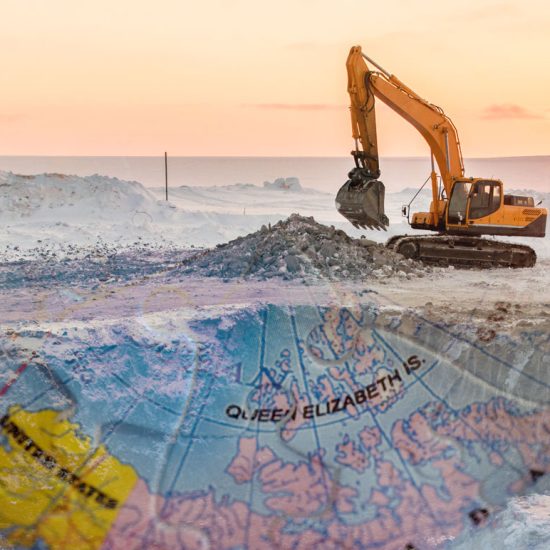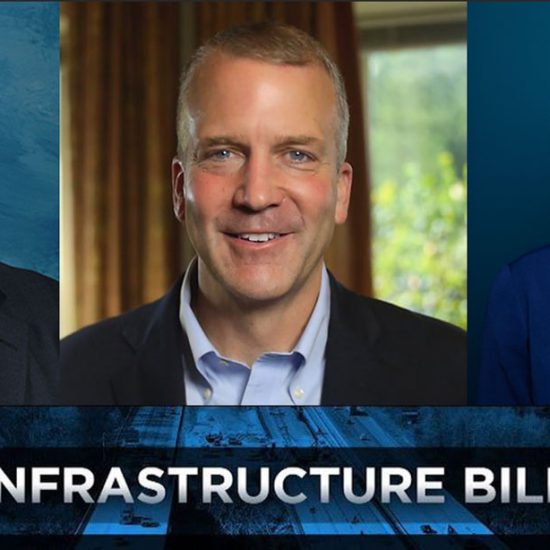As the legislature moves toward the seemingly endless argument on budgets, budget cuts, additional revenues, and the ever-popular size of the PFD discussion, I look at the festivities this year as another in a long string of missed opportunities. This one mostly due to Republicans in the House who chose to caucus with democrats and give them the majority.
Thank you, Smiling Chuck, Gary, Jenifer and Louise. You may be busy next summer.
Say what you will about it, Governor Dunleavy did submit a balanced budget. I am told that more than a few of the numbers are believed to be fantasy, but that budget was never even considered in the House which passed what is essentially the final Walker budget submitted after he had been defeated for reelection.
Governor Dunleavy also submitted three constitutional amendments which never went anywhere either. Perhaps they will get some traction this summer.
Governor Dunleavy change the business climate here in Alaska, so the years long Walker recession has ended and people are going back to work. The more working Alaskans we have, the less we need State services.
The one seriously good thing the Senate did was try to move $12 – 14 billion from the earnings reserve to the corpus of the Permanent Fund. The House proposes moving $5 – 8 billion. Actual transfer amount will be somewhere between those two ranges.
So far, while there has been some discussion about additional revenue sources mainly in the House, nothing has moved. Most of the additional revenue discussion has been what sort of taxes can be levied.
But the real revenue source, the revenue flow that pays the freight in this state has not been publicly mentioned at all. What is that? Putting additional product into the Trans Alaskan Pipeline System (TAPS).
Order of magnitude numbers for product flowing through TAPS are instructive. In FY 2018, we shipped 518,400 bbl/day on average through TAPS. Total revenue to the state from this was $2.888 billion. Do the math and the State of Alaska brings in $15.26 for every single barrel of oil shipped.
If we increase that throughput by 100,000 bbl/day how much additional revenue would the State of Alaska bring in? My math says state revenues increase $557 million for every 100,000 barrels/day through TAPS.
At the top level, want to balance the budget? Want to close a $1.6 billion gap between expenditures and income? Simply add another 300,000 bbl/day into TAPS.
Now a caveat: My numbers are yearly averages. The actual numbers for revenue are hideously complex, with taxation being different for new fields, old fields, legacy fields, and any one of a myriad other taxation schemes. So, the actual numbers will be different, probably even a lot. But my basic point remains: Want to balance the budget? Put more product through TAPS.
The real sadness is that nobody is publicly having that discussion. Perhaps they should.
Final thought: I am a budget hawk and believe that we can and should cut our way to a budgetary balance. There does not appear to be much interest in doing that in the legislature today as currently constituted. The House majority is the largest problem, though the senate is not without its warts either. Technological innovations in education are well on their way to making current levels of education spending at all levels at best irrelevant and at worst downright harmful. The PFD is now the easiest thing to cut because there is no pain felt among legislators for doing so.
Perhaps it is time to reintroduce our favorite legislators to some significant level of discomfort.
The solution to the current festivities is to cut a bunch, put more product into TAPS, put more people to work at all levels, and lock it all in via the Dunleavy constitutional amendments.
We have the opportunity to make the importance of following this path very clear to our favorite legislators for the next 15 months, the time between today and the primary election August 2020.
Alex Gimarc lives in Anchorage since retiring from the military in 1997. His interests include science and technology, environment, energy, economics, military affairs, fishing and disabilities policies. His weekly column “Interesting Items” is a summary of news stories with substantive Alaska-themed topics. He is a small business owner and Information Technology professional.








